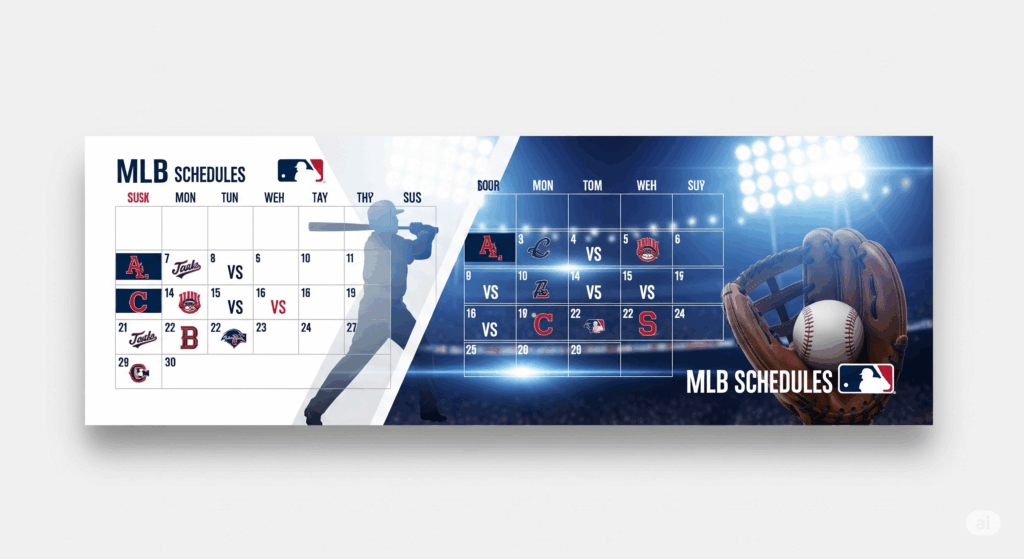MLB
How Many Games Are in the MLB Season: A Complete Guide to Baseball’s Marathon Schedule
Baseball fans eagerly anticipate the crack of the bat and the roar of the crowd when MLB season begins each spring. But have you ever wondered exactly how many games are in the MLB season? The answer might surprise you with its rich history and strategic importance to America’s pastime.
The regular MLB season consists of 162 games per team, creating one of the longest seasons in professional sports. This marathon schedule spans approximately six months, from late March through late September, testing players’ endurance, skill, and mental fortitude like no other sport.
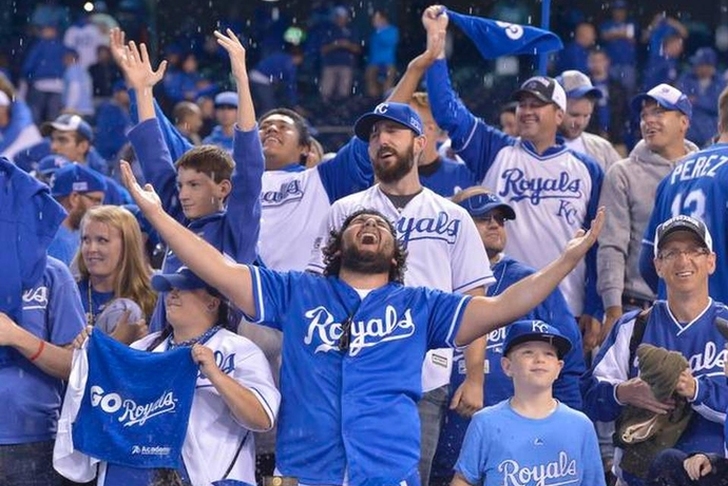
The Evolution of MLB’s 162-Game Season
The current 162-game format wasn’t always the standard in Major League Baseball. Understanding this evolution helps appreciate why baseball’s season structure differs dramatically from other major sports leagues.
When the National League formed in 1876, teams played between 60-70 games per season. The schedule gradually expanded as baseball’s popularity grew and transportation improved. By the early 1900s, teams were playing around 140-154 games annually.
The pivotal change came in 1961 when the American League expanded to 10 teams, necessitating a longer schedule to accommodate more opponents. The National League followed suit in 1962, establishing the 162-game standard that remains today.
Why 162 Games Specifically?
The 162-game total isn’t arbitrary it’s mathematically designed for competitive balance. With 30 teams divided into two leagues, each team plays:
- 76 games against division rivals (19 games each against 4 opponents)
- 66 games against other league teams (6-7 games each against 10 opponents)
- 20 interleague games (various opponents from the opposite league)
This structure ensures every team faces similar competitive challenges while maintaining traditional rivalries that define baseball culture.
Breaking Down the MLB Regular Season Schedule
The MLB regular season schedule follows a carefully orchestrated pattern that maximizes fan engagement, travel efficiency, and competitive integrity. Each team’s 162 games are strategically distributed across approximately 180 days.
Teams typically play 6-7 games per week, with most series lasting 3-4 games. This creates natural rhythms for players, broadcasters, and fans who follow their favorite teams through the long season.

Series Structure and Home/Away Balance
The beauty of baseball’s scheduling lies in its series-based format. Rather than isolated games, teams play consecutive games against the same opponent, creating storylines and allowing for strategic adjustments.
Each team plays exactly 81 home games and 81 away games, ensuring fairness across different ballparks and climates. This balance is crucial given how significantly different stadiums can affect gameplay, from Boston’s Green Monster to Colorado’s thin air.
“The 162-game season is baseball’s greatest test of consistency. It separates the truly great teams from the merely good ones.” – Hall of Fame Manager Tony La Russa
How MLB’s Season Length Compares to Other Sports
When examining how many games professional sports play, MLB stands alone in its commitment to volume. This extensive schedule creates unique challenges and opportunities that define baseball culture.
The NFL plays just 17 regular season games, making each contest monumentally important. The NBA and NHL each play 82 games, exactly half of baseball’s total. This difference fundamentally changes how teams approach roster construction, player development, and strategic planning.
The Endurance Factor
Baseball’s 162-game marathon demands unprecedented consistency from players and organizations. A .500 team wins 81 games more victories than most sports play total games. This volume means even excellent teams regularly lose 60+ games, teaching humility and resilience.
The length also creates opportunities for dramatic comebacks and collapses. Teams trailing by significant margins in May can still contend for playoffs, while early leaders must maintain excellence for six full months.
MLB Playoff Structure: Beyond the Regular Season
After 162 grueling regular season games, MLB playoffs add additional games for qualifying teams. The current playoff format includes Wild Card rounds, Division Series, Championship Series, and the World Series.
Playoff teams can play an additional 7-22 games depending on how far they advance. World Series champions might play up to 184 total games, making their achievement even more remarkable.
![]()
The Playoff Push
The 162-game regular season serves as an extended qualifying tournament for October baseball. Teams must prove their worth over six months, not just a few weeks, making playoff berths genuinely earned achievements.
This lengthy audition process means playoff teams have demonstrated sustained excellence, creating higher-quality postseason competition and more meaningful championship victories.
Impact of Weather and Scheduling Challenges
Playing 162 games across six months presents unique logistical challenges that other sports rarely face. Weather delays, makeups, and regional climate differences significantly impact MLB scheduling.
Teams in northern climates often start seasons in domes or warm-weather cities, while September games in cold-weather markets can affect playoff races. The league must balance competitive fairness with practical considerations like travel costs and player safety.
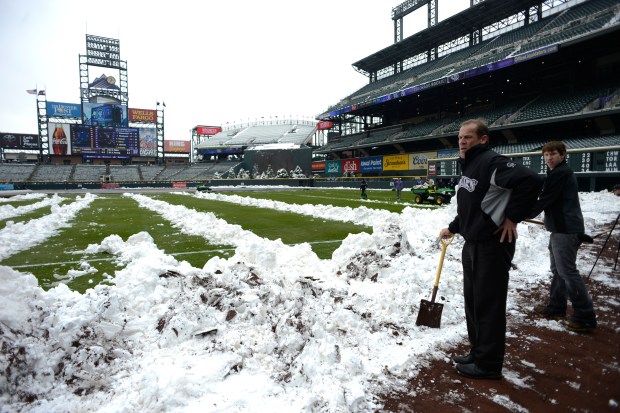
Doubleheaders and Makeup Games
When weather or other circumstances force postponements, teams must play doubleheaders or extend their season. These makeup games can dramatically impact playoff races, adding another layer of strategy to the 162-game format.
The compressed schedule during makeup situations tests roster depth and managerial decision-making, often revealing which teams are truly built for championship runs.
Player Statistics and the 162-Game Season
The 162-game season length provides the perfect sample size for meaningful baseball statistics. This volume allows for both individual achievement recognition and accurate team performance evaluation.
Legendary milestones like 3,000 hits, 500 home runs, or 300 wins become more significant because they represent sustained excellence across multiple 162-game seasons. The lengthy season also helps separate luck from skill in statistical analysis.
The Importance of Consistency
Unlike sports with shorter seasons, baseball’s 162-game format rewards consistency over peak performance. A player who hits .300 over 162 games demonstrates greater value than someone who hits .350 over 50 games.
This emphasis on sustained performance aligns with baseball’s philosophical foundation: success comes from daily dedication and incremental improvement rather than sporadic brilliance.
Fan Engagement Throughout the Long Season
The 162-game MLB season creates unique opportunities for fan engagement that shorter seasons cannot match. Baseball becomes a daily companion for dedicated fans, providing consistent entertainment from spring through fall.
This length allows for deeper storyline development, player connections, and emotional investment. Fans witness players’ growth, slumps, comebacks, and career-defining moments across the extended season.
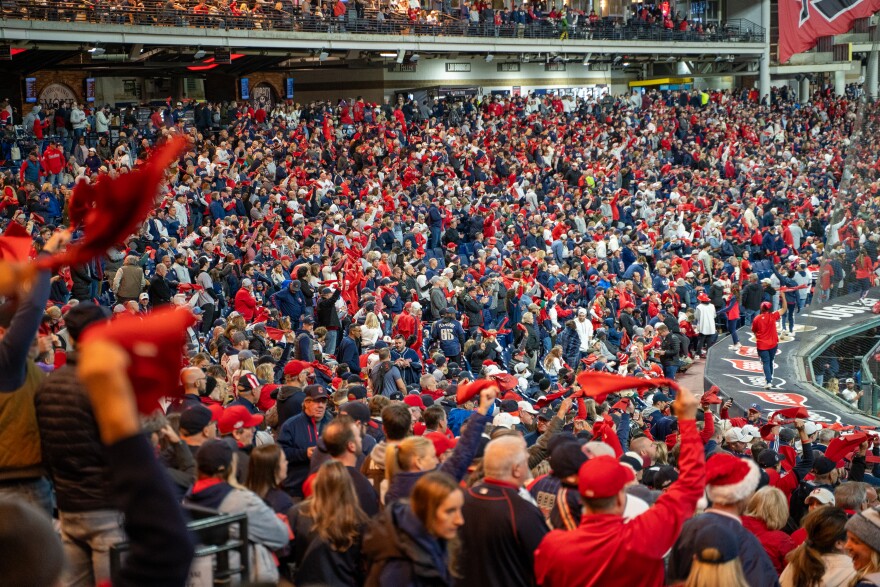
The Rhythm of Baseball
The long baseball season creates natural rhythms that become part of fans’ lives. Summer evenings at the ballpark, following box scores, and tracking favorite players’ statistics become cherished traditions.
This extended engagement builds deeper connections between fans and teams than sports with compressed schedules can achieve, explaining baseball’s enduring cultural significance.
Economic Impact of the 162-Game Season
The 162-game schedule generates substantial economic benefits for teams, cities, and the broader baseball economy. More games mean more ticket sales, concessions, merchandise opportunities, and local business benefits.
Each team’s 81 home games support thousands of jobs and generate millions in local economic activity. The extended season provides sustained economic benefits rather than the concentrated impact of shorter sports seasons.
Broadcasting and Media Revenue
The lengthy MLB season provides extensive content for television, radio, and digital media partners. With over 2,400 total regular season games across all teams, broadcasters enjoy consistent programming throughout the summer months.
This volume creates substantial media revenue that supports player salaries, facility improvements, and organizational growth, demonstrating the economic wisdom of the 162-game format.
Future Considerations for MLB Season Length
While the 162-game season remains the standard, MLB continues evaluating potential modifications for player safety, fan engagement, and competitive balance. Discussions include playoff expansion, schedule adjustments, and international games.
The league must balance tradition with evolution, ensuring baseball remains relevant while preserving the qualities that make the sport unique. The 162-game season’s proven success suggests major changes are unlikely, but minor adjustments remain possible.
Frequently Asked Questions About MLB Season Length
How many total games are played in MLB each season?
With 30 teams each playing 162 games, MLB’s regular season features 2,430 total games. Each game involves two teams, so this represents 1,215 unique contests across the league.
Why doesn’t MLB play the same number of games as other sports?
Baseball’s 162-game season reflects the sport’s unique characteristics: lower physical contact allows for more frequent play, the game’s statistical nature benefits from larger sample sizes, and baseball’s cultural role as a daily summer companion supports the extended schedule.
How long does the MLB regular season last?
The MLB regular season typically runs from late March through late September, spanning approximately 183 days. This includes built-in off days for travel and rest.
Do all MLB teams play exactly 162 games?
Yes, every MLB team is scheduled to play exactly 162 regular season games. Weather postponements might cause temporary discrepancies, but makeup games ensure all teams complete their full schedule.
Conclusion: The Perfect Balance of Baseball’s 162-Game Season
The 162-game MLB season represents more than just a number it embodies baseball’s unique philosophy of consistency, endurance, and sustained excellence. This carefully crafted schedule balances competitive integrity with fan engagement, creating the perfect framework for America’s pastime.
From its historical evolution to its modern economic impact, the 162-game format proves that sometimes more truly is better. Baseball’s extended season allows for deeper storytelling, meaningful statistics, and genuine tests of character that shorter seasons cannot provide.
Whether you’re a casual fan wondering about baseball’s lengthy schedule or a dedicated supporter planning your summer around your team’s games, understanding the 162-game season helps you appreciate the marathon nature of baseball excellence. Each game matters, but the true champions are those who maintain their peak performance across all 162 contests.
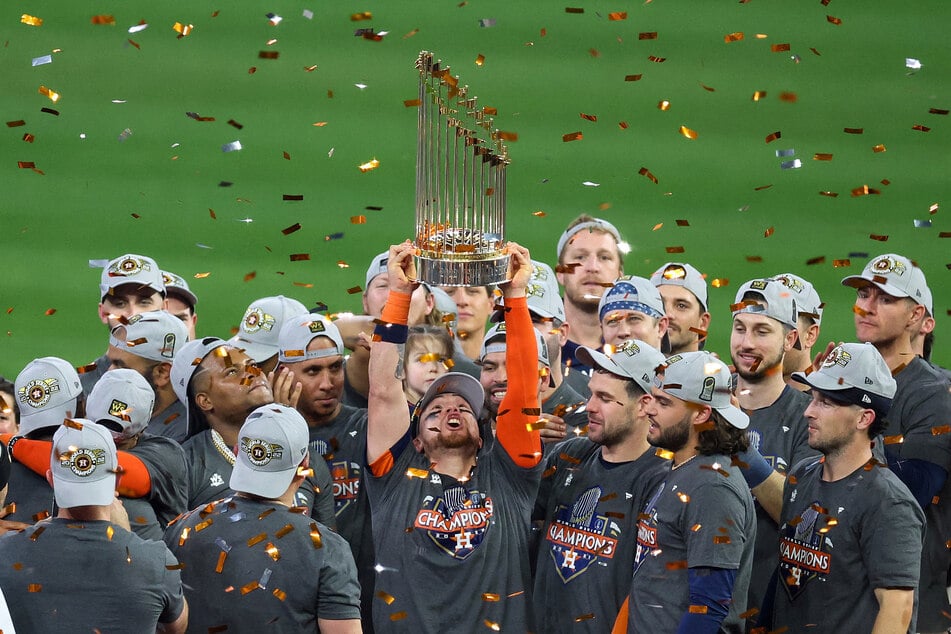
Ready to show your support throughout the entire 162-game season? Explore our extensive collection of MLB team merchandise and fan gear to represent your favorite team from Opening Day through the World Series. Because true baseball fans know that every game counts in the greatest season in sports.

